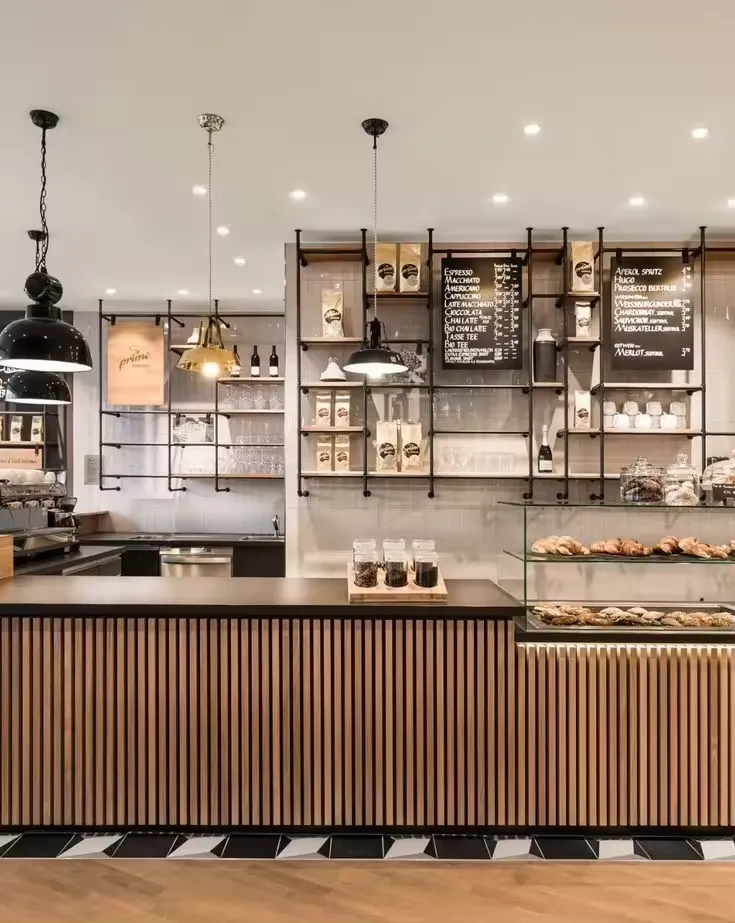Acoustic Wall Panels for Recording Studios Essential Elements for Superior Sound Quality
In the realm of music production, achieving high-quality sound recordings is paramount. This pursuit increasingly leads producers and musicians alike to invest in the right acoustic treatments for their recording spaces. One of the most effective solutions to enhance sound quality within a studio environment is the installation of acoustic wall panels.
Acoustic wall panels are specialized sound-absorbing materials designed to minimize sound reflections and reverberations within a room. This is crucial in a recording studio, where unwanted echo and noise can significantly detract from audio clarity and detail. By reducing these acoustic imperfections, producers can capture cleaner recordings and create a more professional sound.
The primary function of these panels is to absorb sound waves, particularly those in the mid to high frequencies, which are often reflective and prone to causing muddiness in recordings. When sound waves hit a hard surface, they bounce back, resulting in multiple sound reflections that can interfere with the original signal. Acoustic panels are constructed from porous materials that allow sound waves to enter, dissipating their energy and thus reducing the intensity of reflections.
There are several types of acoustic wall panels available on the market, including foam panels, fabric-covered panels, and fiberglass panels
. Each type has its own set of acoustic properties and aesthetic qualities, making it essential for studio owners to select the right kind based on the specific needs of their space.Foam Panels These lightweight panels are typically made of polyurethane and are known for their cost-effectiveness and versatility. Foam panels come in various shapes and sizes and can be easily installed on walls or ceilings. However, it is important to note that while foam panels are effective at absorbing mid to high frequencies, they are less efficient at managing lower frequencies. This limitation can make them a suitable choice for smaller studios but may necessitate additional treatments for larger spaces.
acoustic wall panels for recording studio

Fabric-Covered Panels These are often made from a combination of dense core materials, such as fiberglass or mineral wool, wrapped in decorative fabric. Fabric-covered panels are not only visually appealing but also provide a broader frequency range absorption, making them ideal for professional recording environments. Their ability to absorb both mid-range and low frequencies makes them a popular choice for studios aiming for optimal sound quality.
Fiberglass Panels Known for their superior sound-absorption capabilities, fiberglass panels are often preferred in professional settings. These panels have a high Noise Reduction Coefficient (NRC), indicating their effectiveness in absorbing sound. While they can be more expensive and require more installation effort, their performance in reducing unwanted sound reflections makes them a worthwhile investment for serious audio engineers.
In addition to their primary function of sound absorption, acoustic wall panels can also enhance the overall aesthetic of a recording studio. Available in various colors, shapes, and designs, they can be strategically arranged to not only create a visually appealing environment but also optimize sound flow. This creative element allows sound engineers and musicians to express their artistic vision while ensuring the technical quality of their work.
To maximize the effectiveness of acoustic wall panels, studio owners should also consider their placement. Strategic positioning is key; panels should be installed at first reflection points, which are the surfaces that sound waves hit following their direct path from the sound source. For example, placing panels on the walls adjacent to the recording area and behind microphones can significantly improve sound clarity.
In conclusion, acoustic wall panels are indispensable tools for anyone looking to create a professional recording environment. By understanding the different types of panels available, their absorption capabilities, and the importance of strategic placement, studio owners can ensure superior sound quality in their recordings. Investing in high-quality acoustic treatments not only elevates the audio experience but also enhances the overall production quality, ultimately benefitting artists and audiences alike.
